

The Dragon Boat Festival originated from the ancient commemoration of Qu Yuan, and its customs are rich and colorful. The fragrance of rice dumplings fills the air, dragon boats race, people hang wormwood, drink realgar wine, and pray for blessings and good fortune. The Dragon Boat Festival is approaching, and we would like to send you my best wishes. We wish you a happy life, happiness and health, dragon boats are full of good luck, and rice dumplings are wrapped in sweetness. Sunerise wish you a happy holiday! (We will celebrate the dragon boat festival between 8th, Jun to 10th, June) Welcome your inquiries at info@sunerise.com

Thank you for your interest and support of Sunerise during 135th canton fair! We are delighted to have showcased our new product - solar tile, along with our latest achievements in the PV industry. Throughout the fair, we engaged in fruitful discussions and collaborations with numerous clients and partners, gaining valuable opportunities and insights. Your interest and feedback are invaluable to us, as they will help us continually improve and innovate to provide reliable cleanenergy solutions to more people. We sincerely appreciate your visit and support. If you have any questions or requirements regarding our products or services, please feel free to contact us anytime. Sunerise team look forward to further cooperation with you in the future! And we' re ready to do it all again next year! SAVE THE DATE 15-19th April 2024 Guangzhou, China

Today we invite santa claus to Sunerise and celebrate together with us for Christmas Wishing you a Christmas filled with radiant moments and sustainable joy! This festive season, let the power of solar energy light up your celebrations. Merry Christmas from all of us at Sunerise! Wishing you a Christmas filled with radiant moments and sustainable joy! This festive season, let the power of solar energy light up your celebrations. Merry Christmas from all of us at Sunerise! Illuminate your Christmas with the brilliance of sustainable energy! Experience the joy of a green holiday season with Sunerise. Wishing you a Merry Christmas filled with light, love, and a brighter future.
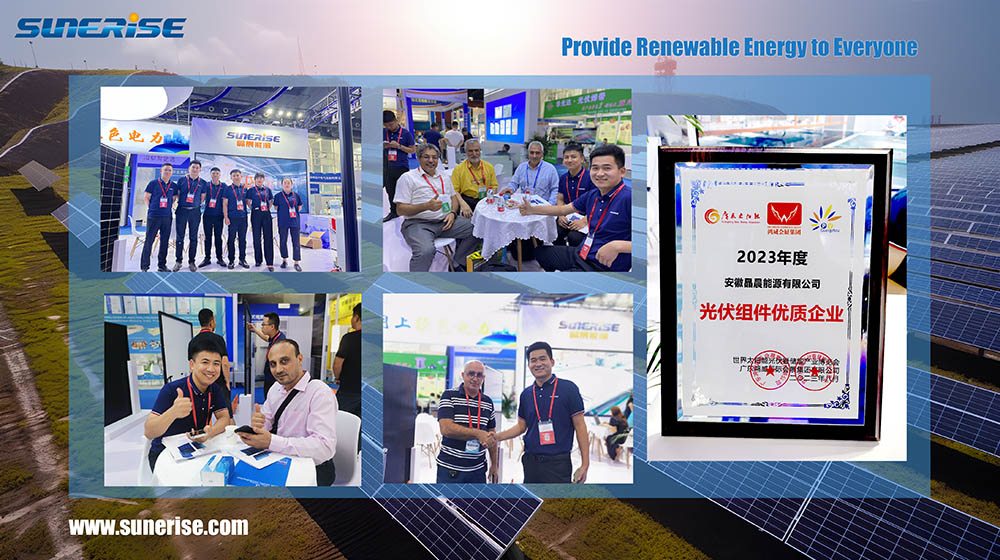
Great work for all Sunerise members, Solar PV World Expo 2023 has a complete successed. It provided us a great opportunity to communicate with all the solar energy users from all over the world. In this exhibition, we were awarded the "2023 High Quality PV Company" by the organizer of the exhibition. Customer from all over the world We aim to provide sustainable energy more convenient for everyone all over the world. Solar PV World - As one of the largest and most influential PV trade shows in China, The PV Guangzhou is going to expand its show floor to 40,000 sq.m, with 600 quality exhibitors displaying state-of-the-art PV technology! Moreover, the show will be held under the same roof as China Int’l Energy Conservation, Energy Storage & Clean Energy Expo, covering other energy options like charging piles, wind energy, batteries, power supplies, bio-energy, and heating technology! Honor Certificate by the organizer of the exhibition.
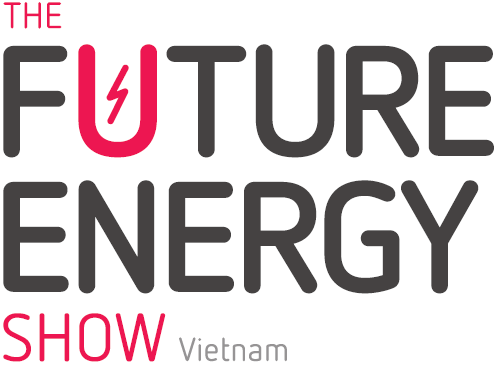
It's a wrap now and thank you for make the future energy show success! Over the last two days here at our booth, and the the Future Energy Show Vietnam, many attendees have enjoyed a buzzing expo floor, a jam-packed schedule of conference sessions and amazing networking opportunities as Vietnam’s energy community came out in force. Sunerise team wish all the customers and friends have a good return journey And we’re ready to do it all again next year! SAVE THE DATE 10-11 July 2024 Ho Chi Minh City, Vietnam
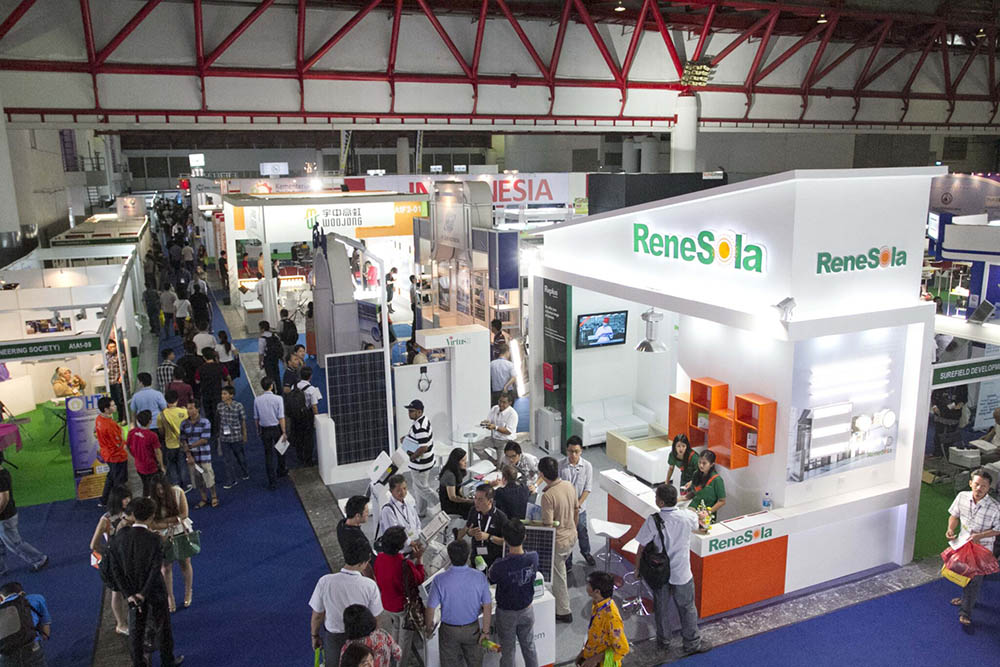
Sunerise Energy, a leading supplier of solar panel and system solutions, made its debut at the Solartech Indonesia 2023 exhibition held at the Jakarta Convention and Exhibition Center. Jason Leung, executive director and president of the company, led the delegation as the team leader. The exhibition showcased a wide range of solar products with core competitiveness, attracting the attention of many exhibitors. Sunerise exhibited a variety of products designed for the Indonesian market, including the solar panel 550w, off-grid inverter with mppt charger controller, storage battery and other products. The 5kWh-30kWh, in particular, were designed to cater to the needs of local families. While a built-in smart grid management system can serve the function of power grid dispatching. Indonesia, a country with many islands, has an increasingly urgent demand for stable power supply. Indonesian government has set a target to achieve a 23 percent share of renewable energy in the country’s energy mix by 2025. The market potential for installing Rooftop Solar PV reaches over 116 GWp. Against such a backdrop, the Indonesian authorities have picked up the pace to implement renewable energy power generation projects and upgrade power grid infrastructure, propelling the development process of the country’s solar and energy storage industry. Sunerise’s products generated a lot of interest from potential clients from different industries, EPC companies, and distributors. Solartech Indonesia is one of the largest annual solar energy exhibitions in the country. The exhibition covers an area of about 15,000 square meters and attracts about 20,000 visitors. A total of 300 solar industry exhibitors from 20 countries attended, and a series of business meetings, forum meetings, and other activities were held concurrently to facilitate exhibitors to find target buyers. Sunerise is committed to focusing on customers and providing high-quality solar products and solutions. The company plans to further deepen innovation and research and development, and bolster the green development of Southeast Asia with technological innovation.
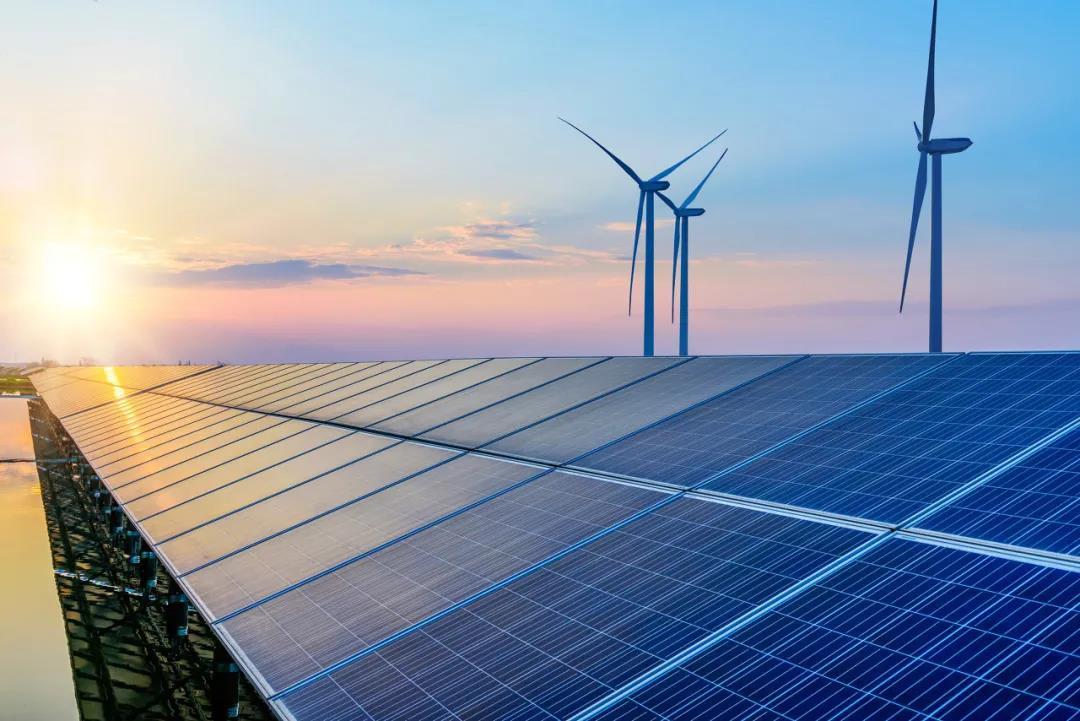
According to the media,13 representatives of European PV equipment manufacturers(mainly comes from Germany)attended a one-day industry conferences and networking events in Washington DC.And they communicated and discussed with the US PV manufacturers.VDMA Photovoltaic Equipment, a division of the VDMA trade group representing German and European machinery manufacturers,and they organized this activity cooperated with American related institutes. Ultra Low Carbon Solar Alliance director,Michael Parr said,this meeting was aimed at connecting EU equipment suppliers with PV manufacturers expanding in the US.Ultra Low Carbon Solar Alliance is the co-sponsor of this activity. Parr said at this international conference that after the passage of the Inflation reduction act,the United States has for the first time specified a 10-year period to encourage the manufacturing of photovoltaic modules and the deployment of photovoltaic systems. Lawrence Heath, a consultant at consultancy McKinsey & Co, said the market opportunity for U.S. photovoltaic equipment makers could be $1 billion to $1.5 billion by 2030, just by selling manufacturing equipment.He said, this forecast was based on the assumption that the US will add 50GW of PV module capacity by 2030. To know more information about new energy, please contact SUNERISE Energy right now.As solar panel manufacturer and the provider of the solar solutions,we can answer all your questions about new energy and photovoltaic based on our 13 year professional experience.Our e-mail address: info@sunerise.com
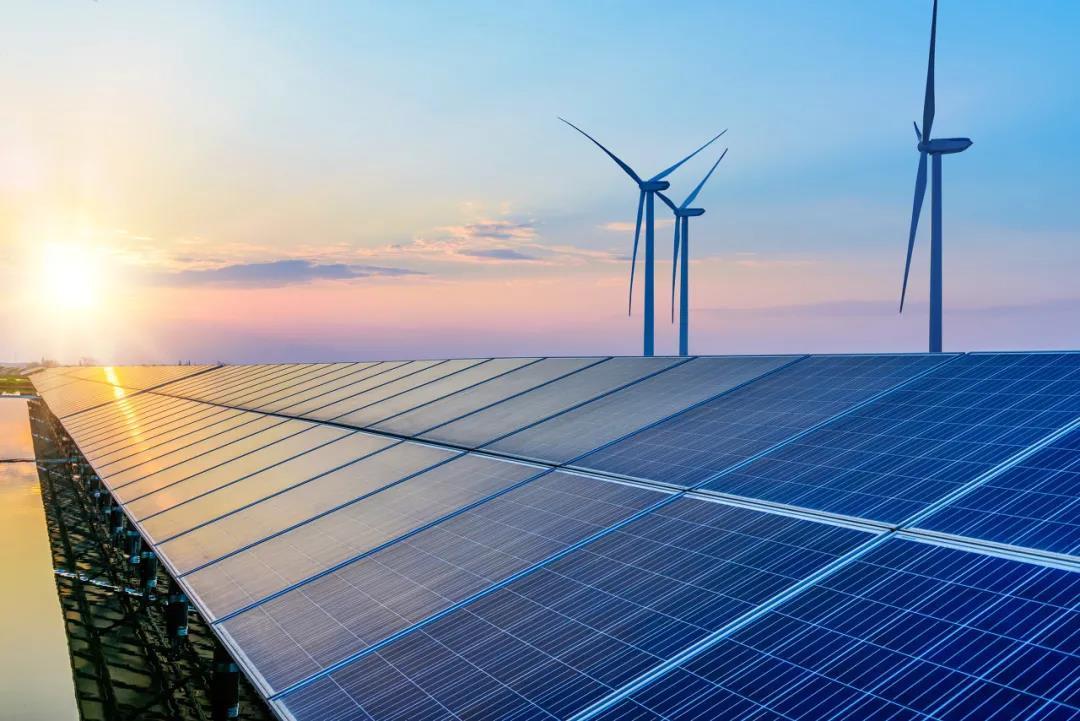
PV manufacturers said that the passage of the Inflation Reduction Act has opened a new door for the U.S. PV modules manufacturers,which will help encourage more PV modules manufacturers to invest in the U.S. There is no doubt that the Inflation Reduction Act is economically attractive to PV manufacturers,and open a door to unprecedented opportunities. For PV modules manufacturers,this law includes tax preference for domestically manufactured products, increase the investment tax credit for photovoltaic projects using domestic products (from 30% to 40%),and production tax credit related to specific products.But the real benefit is that it extends the time frame,with the law extends the credits and incentives for 10 years,bringing greater certainty for PV modules manufacturing investment for the first time. To know more information about new energy, please contact SUNERISE Energy right now.As solar panel manufacturer and the provider of the solar solutions,we can answer all your questions about new energy and photovoltaic based on our 13 year professional experience.Our e-mail address: info@sunerise.com
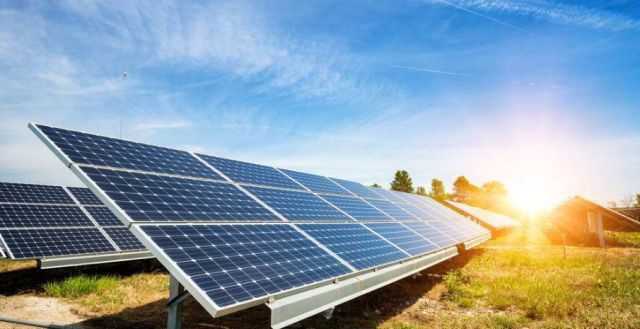
It is a given that the U.S. Inflation Reduction Act has been praised as a game changer by American green energy pioneers. This law includes substantial funding in the form of renewable energy investment tax credits and production tax credits, manufacturing facility grants, and new business loans. There is another key measure for clean energy in Inflation Reduction Act,but the measure has received less attention from the industry:the transferability of clean energy tax credits.This problem is more tough than other measures,but it could have a more significant impact by reshaping much of the building and capital formation of the renewable energy market. Since the Congress passed Energy Policy Act in 2005,the U.S. government provides investment tax credits for renewable energy development.In almost 20 years after the installed PV system capacity came to 100GW, the U.S. has built PV industry with more than 250000 workers and And laid the foundation for the growth of the renewable energy industry.Although the monetization of tax credits is one of the more onerous financial structures for the construction, closure, maintenance and exit of renewable power generation facilities, these fees are increasing year by year. The renewable energy generation projects are very similar to other infrastructure projects.Renewable energy developers use upfront cash to cover costs such as land or property leases, engineering, permits and grid interconnection.Then the developers will find some combination of debt and equity,and provide funds for the construction and long-term ownership of renewable energy projects. What’s more, they can get a fixed return based on the basic contract signed by them. As a whole,Inflation Reduction Act’s budget for clean energy tax credits will have an incredible, necessary impact on the grid. Since the tax credit benefits are transferable,we wish every renewable energy projects are with larger scales,higher developing speeds and lower trade cost.As there aren’t direct methods to provide funds for the projects’ owners,this simple change of law structure can also make important impacts. To know more information about new energy, please contact SUNERISE Energy right now.As solar panel manufacturer and the provider of the solar solutions,we can answer all your questions about new energy and photovoltaic based on our 13-year professional experience.Our e-mail address: info@sunerise.com
Categories
New Products
JC500-132M Class A 500W Mono Solar Panels for Home Use Read More
JC500-132M Ready to Ship 500W Mono Photovoltaic Modules Read More
New 410W Mono TUV CE Certified Solar Panels for Home Read More
New Product 410W 108cells Mono Solar Panel for Home Read More
Factory Price 10KWH LiFePO4 Storage Battery for Residential Read More
Mono PERC 540 watt Solar Panel with High Efficiency Read More
© Copyright : 2024 Anhui Sunerise Energy Co.,Ltd. All Rights Reserved .